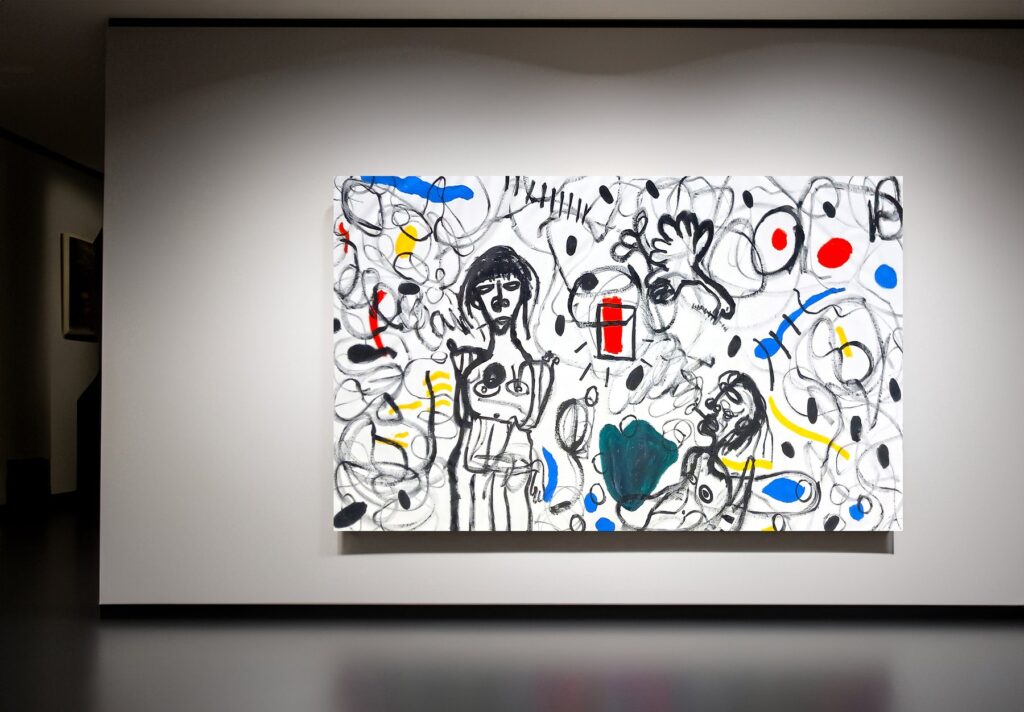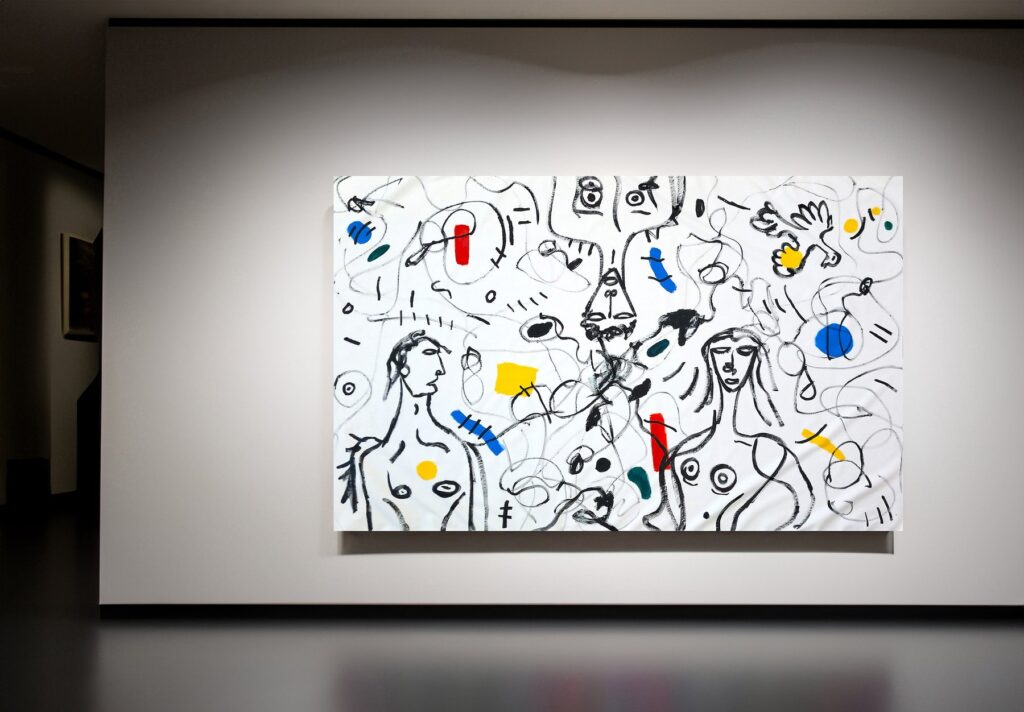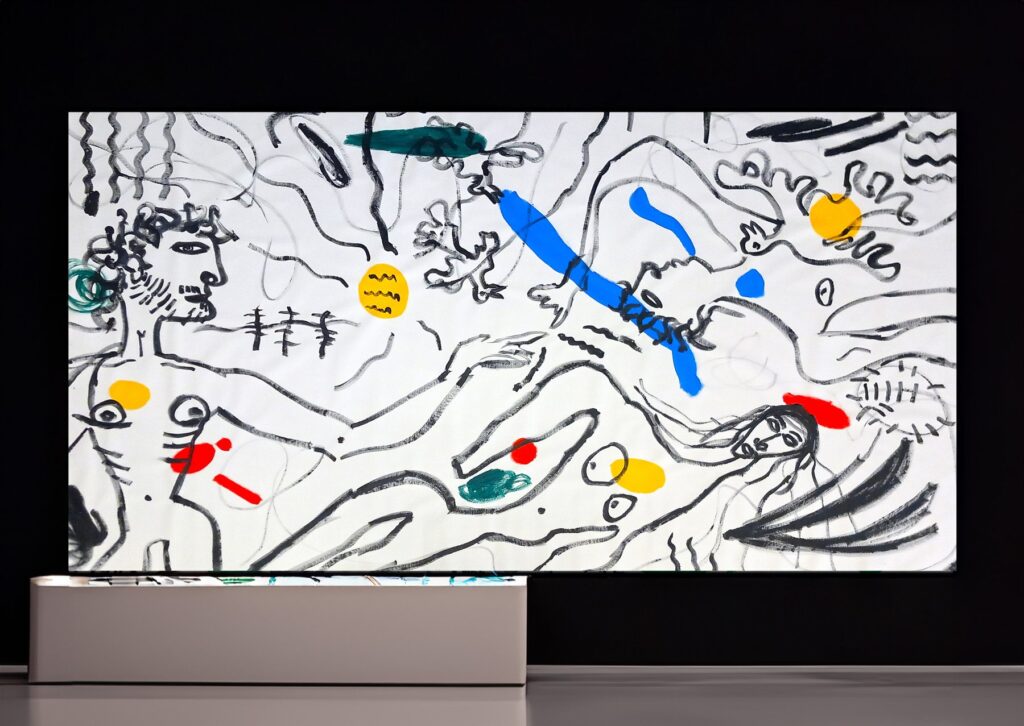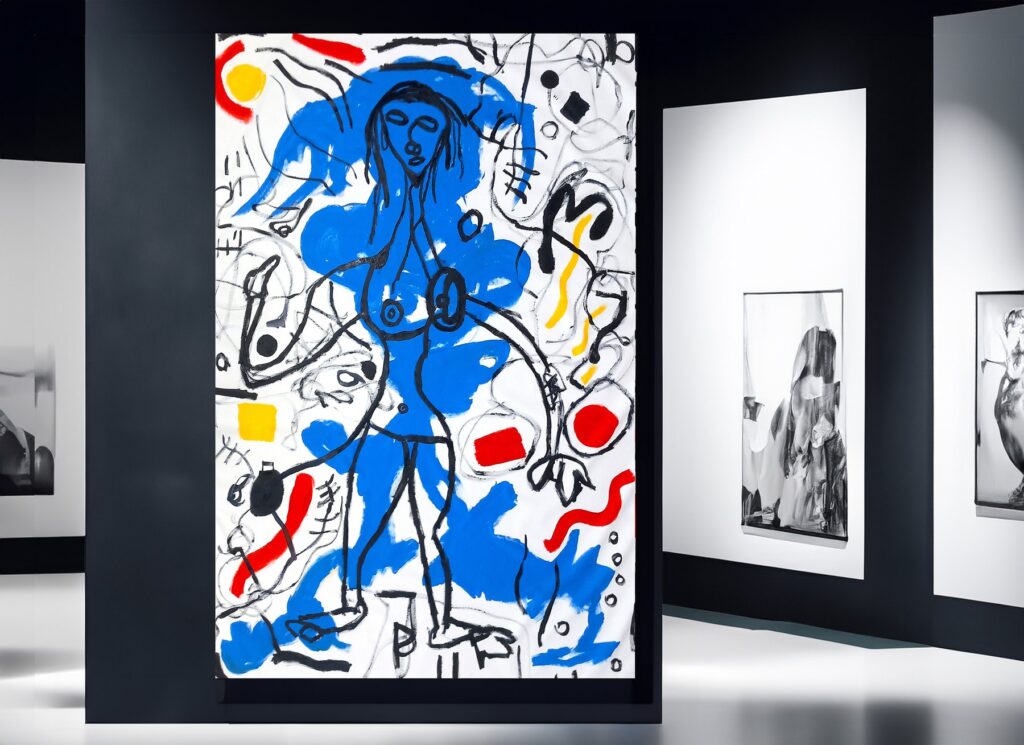Your cart is currently empty!
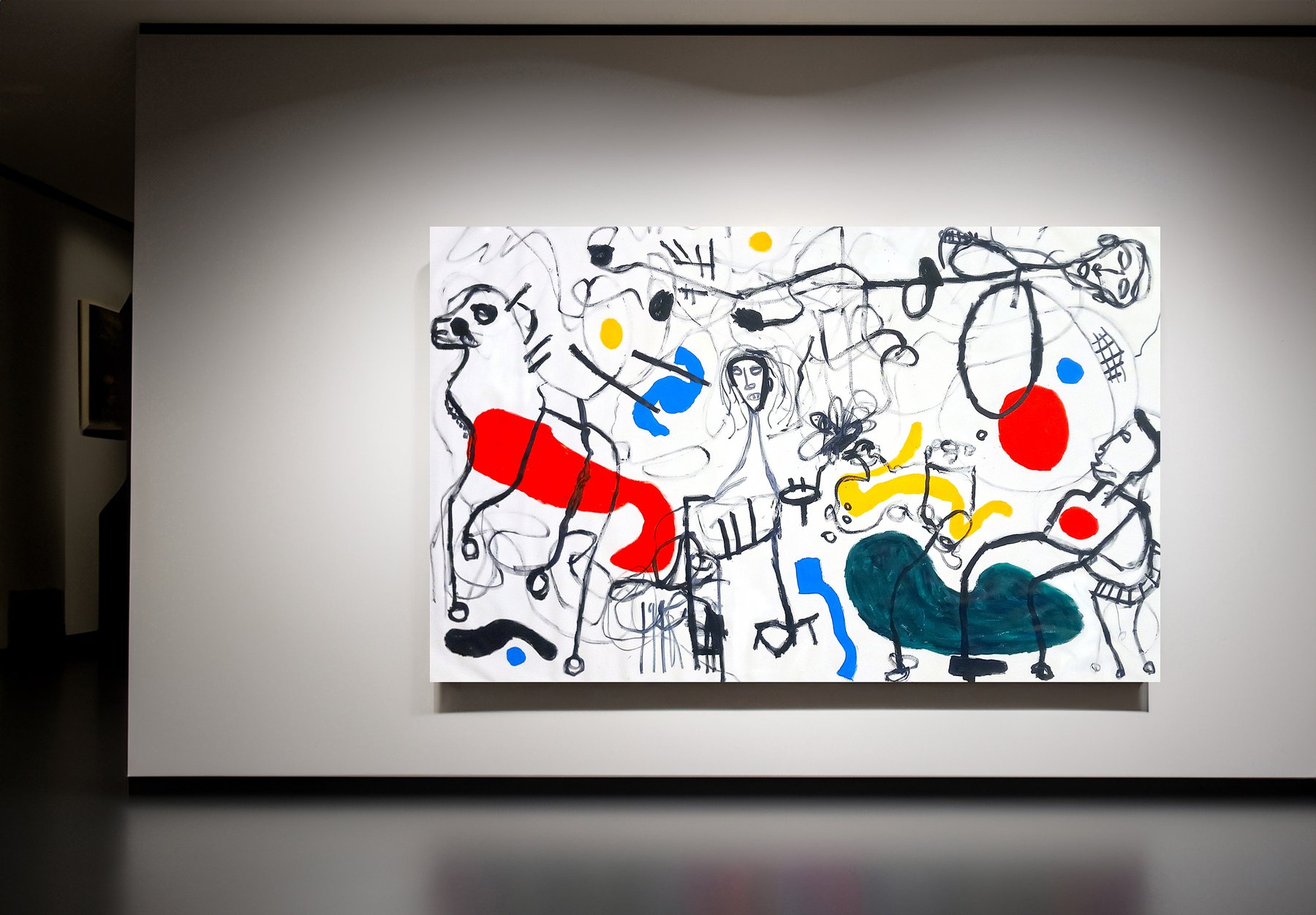
RAW ART
& Design
MOVEMENT BY THE FRENCH ARTIST 0XEC6D0
Replacing the raw concrete with the raw white canvas. Few touches of primary colors. Instinctively working with form and lines. No overlaying of color. Black lines and patterns to break up the white. The heart and nerve of neo-expressionism without its excess.
SHOP NOW →
“Research of minimalism
and meaning
in a saturated world”
New Brutalism isn’t just a contemporary, artistic version of Brutalism. It’s a general desire to blend meaning and minimalism after two decades of neo-expressionism, led by Basquiat, setting the pace for the art market and trends.
Then came Pop Art, with its saturated, fluorescent colors, which went hand in hand with a world saturated with color, stimuli, and ever more flashy and eye-catching designs. Where the artist, as in The Voice, sought to do as much as possible with techniques, colored resins, shimmering pigments, and LEDs galore.
In this in-between, brutalism began to re-emerge, first in design with names like Le Corbusier, or Marcel Breueur who resurfaced with new interior models in tables, sofas LC2, chairs LC6 for Le Corbusier, and the chairs B3, B32, B33 and B34 for Marcel Breueur. Then later in art and UI design, notably ceramics and stoneware with artists like Frederick Gauthier with his collection for Serax, or Pascal Deville with his brutalist website.
Today, it is the anonymous French artist 0xec6d0 who is diving into neo-brutalism with his new brutalism movement: the raw side of the canvas primed with broken gesso with black lines and flat primers.
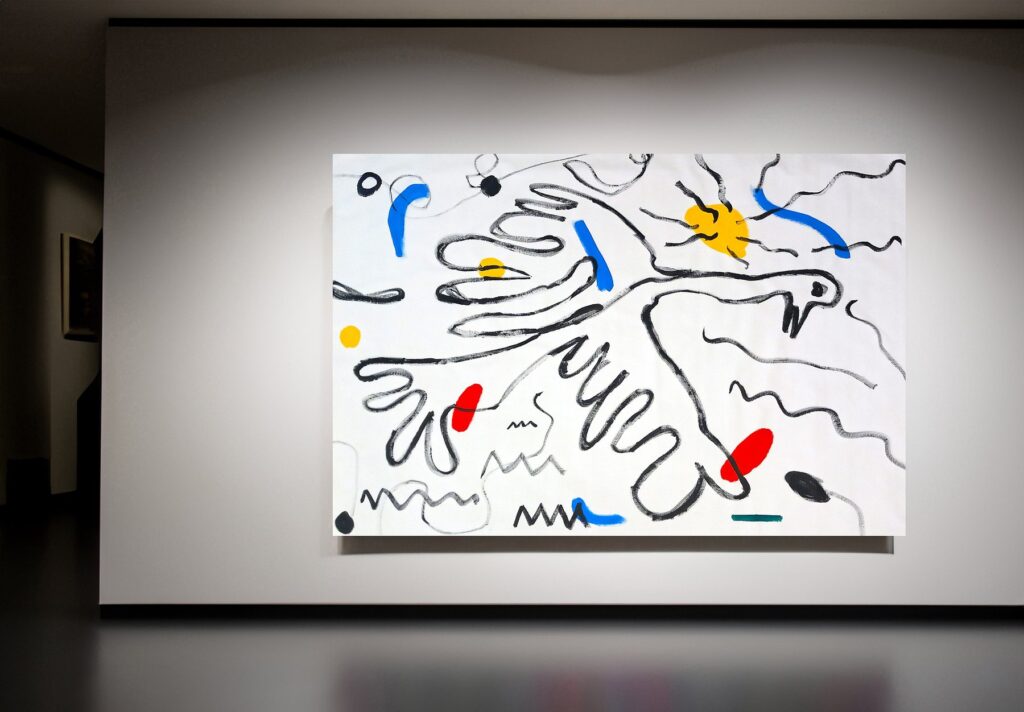
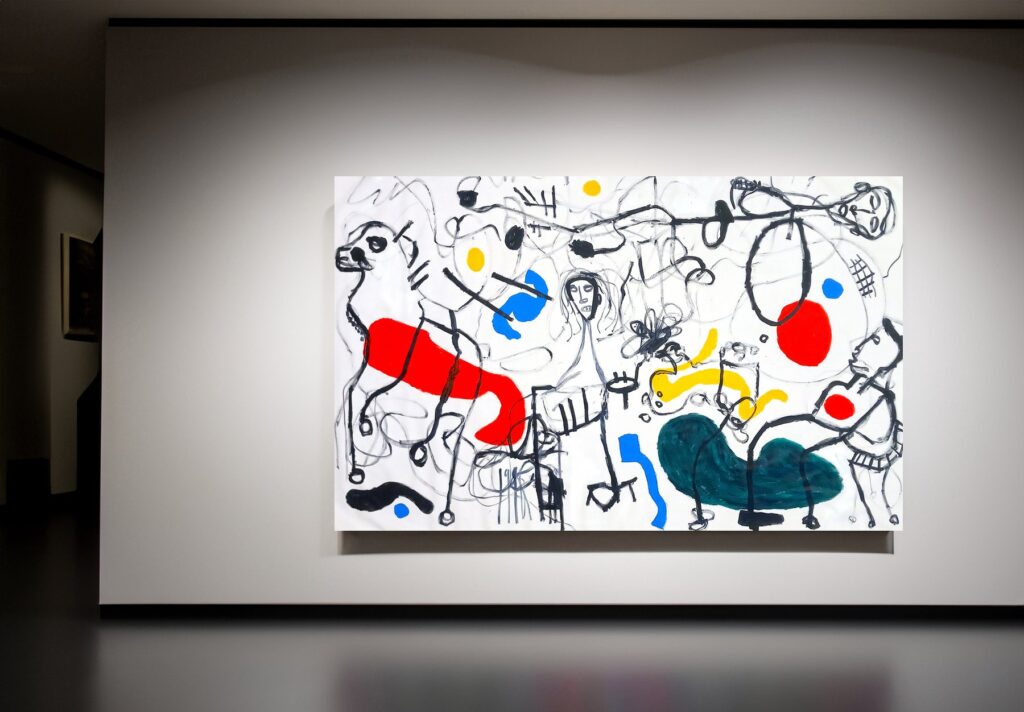
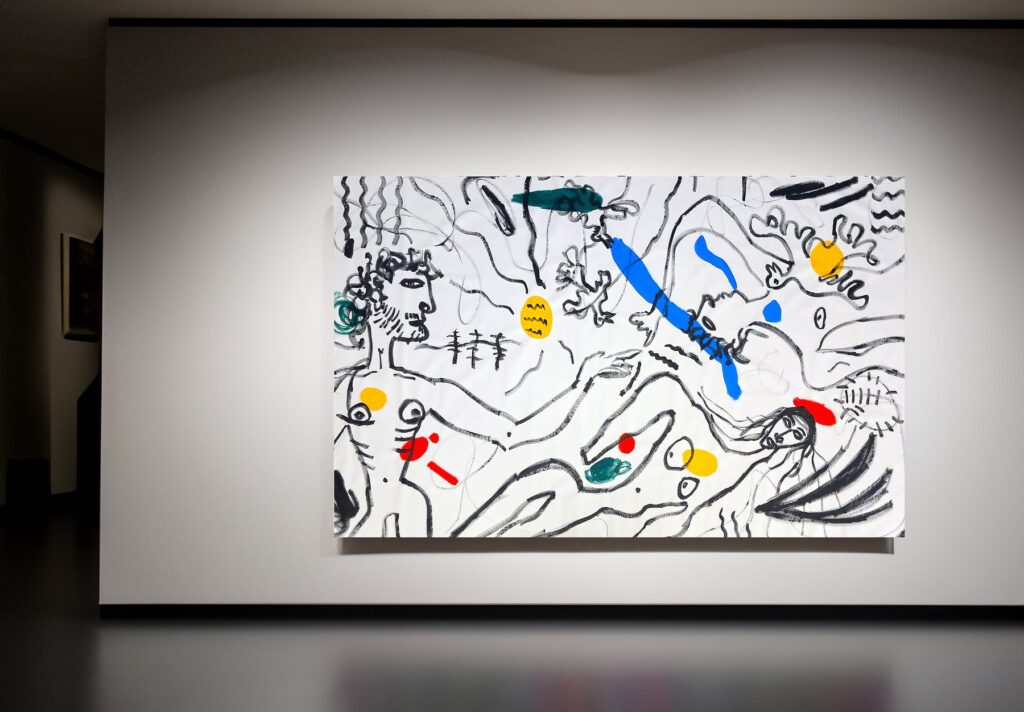
The First Six Artworks Of The New Brutalism
New Brutalism begins with six main works that gave rise to an entire movement. These first six works constitute the cornerstone of the entire movement, with a free expression of the artist 0xec6d0.
